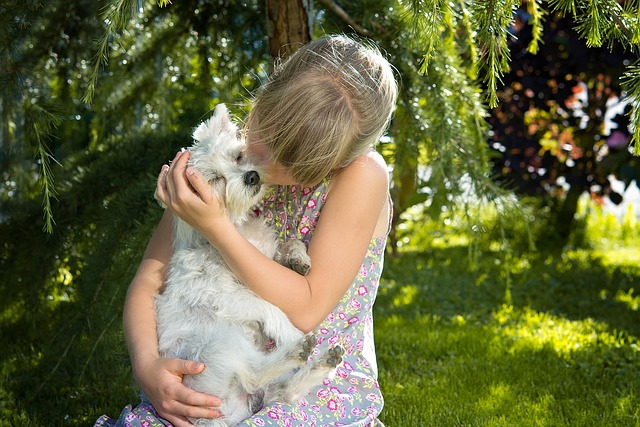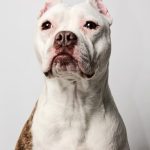When it comes to dogs and their injuries or irritations, one common behavior is their penchant for licking the affected area. This article delves into the various reasons behind this behavior, exploring how dogs attempt to alleviate pain, clean wounds, find solace, and sometimes become fixated on licking.
Why Do Dogs Lick Their Wounds?
Dogs often lick their wounds because the affected area is painful or irritating. This behavior is their way of seeking relief, much like how humans might rub a sore spot on their body. Certain wounds and surgical incisions may itch during the healing process, prompting dogs to lick as a means to soothe that itch.
Additionally, many wounds tend to be dirty or contaminated with debris. Since dogs can’t use soap and water like humans, they rely on their tongues as a natural cleaning tool.
When dogs experience pain or discomfort, they may engage in rhythmic licking to comfort themselves. This self-soothing behavior can have a calming effect on the injured animal.
Just like humans can become fixated on certain things, dogs may become hyper-focused on their wounds or other irritations. The urge to lick can be so overwhelming that it becomes challenging to stop this behavior.
What Types of Wounds Do Dogs Lick?
Dogs are likely to lick any wound, whether it’s a minor irritation, a large injury, or something in between. Even seemingly minor irritations, like those caused by harnesses or equipment, can lead a dog to lick. Other common targets for licking include nails cut too short, flea and ant bites, scratches, and various skin or nail issues. Dogs may also lick painful joints, fractures, injured muscles, impacted anal glands, painful bladders, or even areas that hurt, despite the skin being intact. Allergies, whether food-related or environmental, can also trigger excessive licking, especially on their paws.
Signs of Licking Wounds in Dogs
While some dogs may openly lick their wounds, others do so when they are alone and unobserved. To identify signs of licking, look for moistness around the wound or irritated area, as saliva makes the fur wet. Redness, hair loss, and irritation around the area are additional indicators, as a dog’s rough tongue can pull out surrounding hairs, causing friction and irritation. If some time has passed since the licking occurred, you may notice brown staining on the fur where they’ve licked, a result of a chemical reaction between saliva and hair. This staining often affects the feet and anal area.
Should You Allow Your Dog to Lick Their Wound?
Contrary to the myth that dogs’ mouths are cleaner than humans’, their mouths are full of bacteria. While dog saliva can kill certain types of bacteria, it often introduces more bacteria to the wound than it eliminates. Allowing dogs to lick wounds can lead to additional damage, increased irritation, inflammation, and may even reopen previously closed wounds, potentially delaying healing, particularly if sutures are involved.
There are limited situations where allowing dogs to lick their wounds might be appropriate, but it’s crucial to follow your veterinarian’s guidance in such cases.
How to Stop a Dog From Licking Their Wound
If your dog is persistently licking a wound, start by treating the wound appropriately, depending on its nature and severity. Cleansing and suturing may be necessary, along with prescribed antibiotics and pain-relief medications from your veterinarian.
To deter licking, consider these strategies:
- Elizabethan Collar (soft or rigid): These collars act as barriers to prevent licking. Ensure they fit properly and extend 2 inches beyond the dog’s nose to guard against licking extremities.
- Inflatable Dog Collar: Soft, inflatable collars encircle the neck, blocking access to the wound. Proper fit is essential.
- Homemade Pool Noodle Collar: For medium to large dogs, create a barrier collar using a pool noodle slipped over the dog’s existing collar.
- Clothing: Putting a shirt or sweater on your dog can help protect wounds on their body, especially abdominal incisions after surgery.
Things To Avoid
While deterring licking is essential, certain methods should be avoided:
- Bandages: These are challenging to apply correctly and can cause severe consequences if too tight. Only professionals should use bandages on dogs.
- “No-Chew” Sprays and Ointments: While some may work, they can also irritate the area and cause infections. Always consult your vet before applying anything to a wound.
Final Thoughts
While it’s natural for dogs to want to lick their wounds, allowing this behavior can have more negative consequences than benefits. Licking wounds often leads to irritation, reopening of healing wounds, infection, and delayed healing. It’s essential to manage and discourage this behavior effectively to ensure your dog’s well-being.



